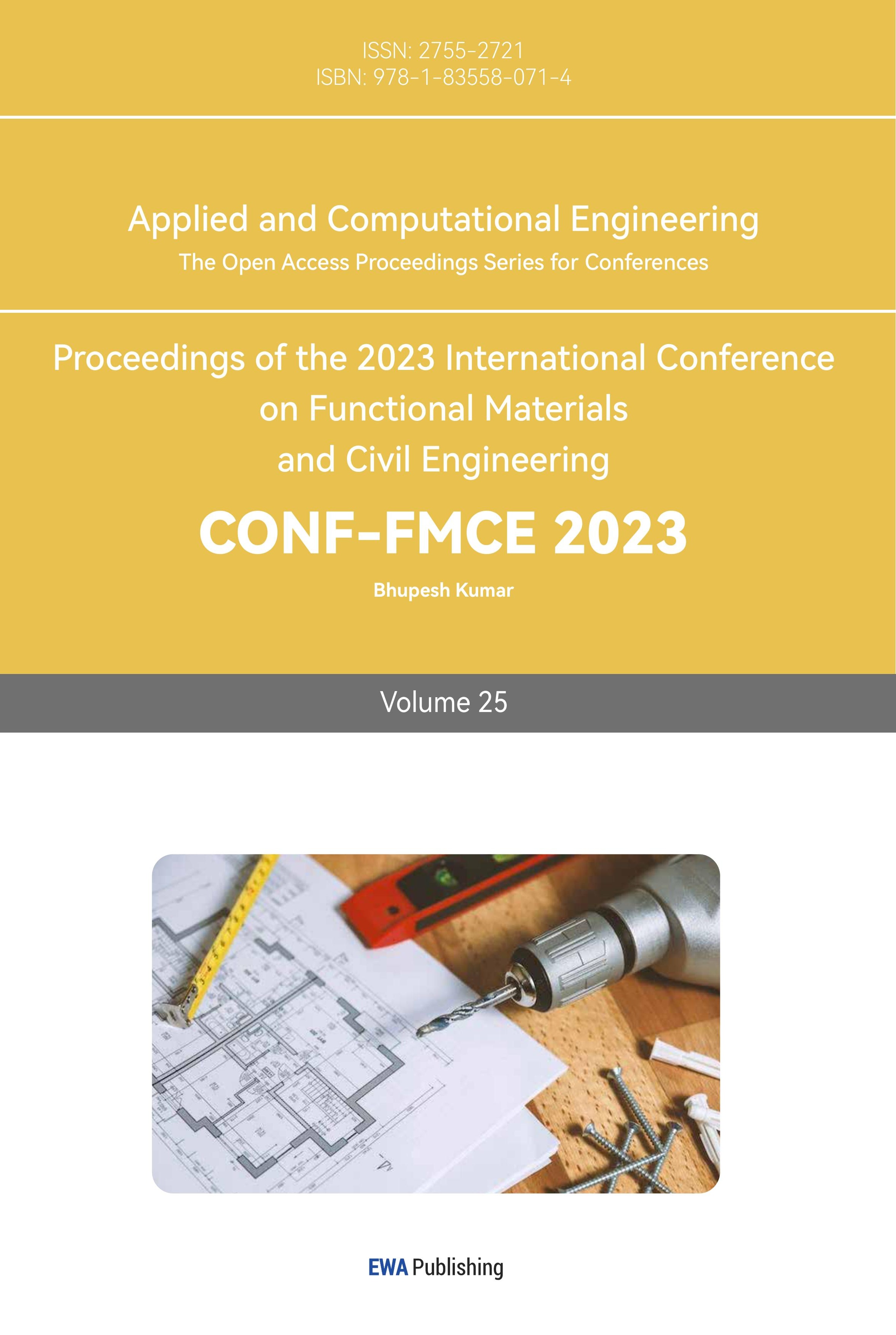References
[1]. Gao Huanhuan. Development of 4-inch low-dislocation germanium single crystal for gallium arsenide space solar cells[D]. Beijing Nonferrous Metals Research Institute, 2016.
[2]. Li Wentong. Study on concentrating performance of solar concentrator[D]. China Jiliang Insti-tute, 2015.
[3]. Zhang Yao. Structure optimization design of solar concentrating mirror[D]. University of Elec-tronic Science and Technology of China, 2016.
[4]. Zhang Lei. Discussion on design method of two-reflection multiplane mirror concentrating solar photovoltaic system[D]. Hefei University of Technology, 2009.
[5]. Zhu Liangliang, Huang Chaoyang, CHAI Xiaolin. Design of solar panel steering system based on 51 microcomputer[J]. Science and Technology Innovation and Application, 2015(26): 52-53.
[6]. Xia Xiaoyan. Research on large-range solar ray tracing sensor and tracking method[D]. Hohai University, 2007.
[7]. Wang Feng. Design of automatic sunlight tracking system[J]. Journal of Experimental Technolo-gy and Management, 2010, 27(08): 108-111
Cite this article
Sun,C. (2023). Study on structure design and control of concentrating germanium solar power system. Applied and Computational Engineering,25,234-241.
Data availability
The datasets used and/or analyzed during the current study will be available from the authors upon reasonable request.
Disclaimer/Publisher's Note
The statements, opinions and data contained in all publications are solely those of the individual author(s) and contributor(s) and not of EWA Publishing and/or the editor(s). EWA Publishing and/or the editor(s) disclaim responsibility for any injury to people or property resulting from any ideas, methods, instructions or products referred to in the content.
About volume
Volume title: Proceedings of the 2023 International Conference on Functional Materials and Civil Engineering
© 2024 by the author(s). Licensee EWA Publishing, Oxford, UK. This article is an open access article distributed under the terms and
conditions of the Creative Commons Attribution (CC BY) license. Authors who
publish this series agree to the following terms:
1. Authors retain copyright and grant the series right of first publication with the work simultaneously licensed under a Creative Commons
Attribution License that allows others to share the work with an acknowledgment of the work's authorship and initial publication in this
series.
2. Authors are able to enter into separate, additional contractual arrangements for the non-exclusive distribution of the series's published
version of the work (e.g., post it to an institutional repository or publish it in a book), with an acknowledgment of its initial
publication in this series.
3. Authors are permitted and encouraged to post their work online (e.g., in institutional repositories or on their website) prior to and
during the submission process, as it can lead to productive exchanges, as well as earlier and greater citation of published work (See
Open access policy for details).
References
[1]. Gao Huanhuan. Development of 4-inch low-dislocation germanium single crystal for gallium arsenide space solar cells[D]. Beijing Nonferrous Metals Research Institute, 2016.
[2]. Li Wentong. Study on concentrating performance of solar concentrator[D]. China Jiliang Insti-tute, 2015.
[3]. Zhang Yao. Structure optimization design of solar concentrating mirror[D]. University of Elec-tronic Science and Technology of China, 2016.
[4]. Zhang Lei. Discussion on design method of two-reflection multiplane mirror concentrating solar photovoltaic system[D]. Hefei University of Technology, 2009.
[5]. Zhu Liangliang, Huang Chaoyang, CHAI Xiaolin. Design of solar panel steering system based on 51 microcomputer[J]. Science and Technology Innovation and Application, 2015(26): 52-53.
[6]. Xia Xiaoyan. Research on large-range solar ray tracing sensor and tracking method[D]. Hohai University, 2007.
[7]. Wang Feng. Design of automatic sunlight tracking system[J]. Journal of Experimental Technolo-gy and Management, 2010, 27(08): 108-111









